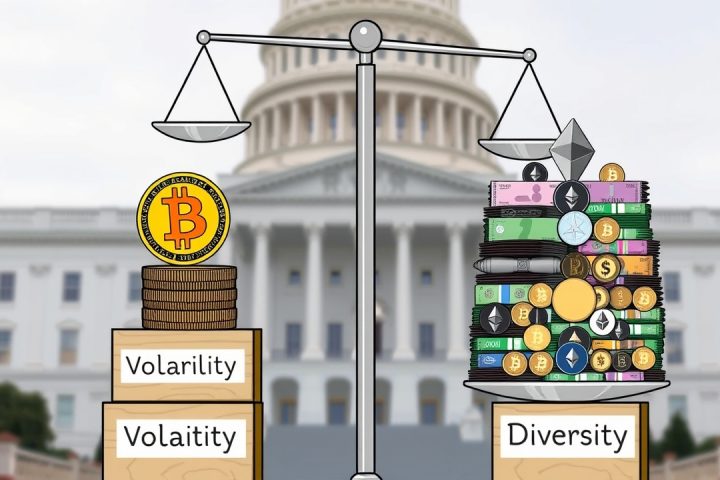The Digital Euro Initiative
The European Central Bank (ECB) aims to introduce a digital euro by 2029, provided that a comprehensive legal framework is established beforehand. This plan stems from a preparatory phase initiated in late 2023, during which ECB officials are actively developing the infrastructure necessary for the central bank digital currency (CBDC).
Challenges and Skepticism
Despite its promise, the digital euro initiative faces skepticism from a variety of sources, including banks, lawmakers, member states, and potential users. Concerns primarily revolve around issues related to privacy and the inherent risks of digital currencies. Since 2023, discussions in the European Parliament regarding the legal framework required for the digital euro have faced obstacles, largely due to political considerations and the approaching 2024 elections.
Timeline and Expectations
ECB Board member Piero Cipolloni recently commented on the timeline, suggesting that the middle of 2029 may be a realistic target for the euro’s digital debut, with hopes that a consensus in the European Parliament could materialize by May 2026.
Cipolloni noted that a digital euro would provide all European citizens with access to free, widely accepted digital payment options, ensuring financial resilience even during crises such as wars or cyberattacks.
Global Context of CBDCs
According to the Atlantic Council, an American think tank, only three countries—Nigeria, the Bahamas, and Jamaica—have successfully launched their own CBDCs. Meanwhile, 49 additional nations are currently testing similar digital currency initiatives.
Furthermore, the Human Rights Foundation, which established its CBDC tracker in November 2023, points out both the potential advantages of CBDCs, including greater payment efficiency and broader financial access, as well as the risks, such as privacy violations and the potential for government misuse. As the ECB forges ahead with its plans, the global landscape of central bank digital currencies continues to evolve and attract attention.




